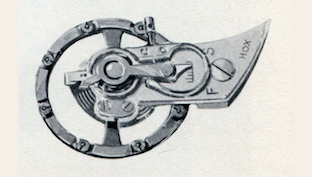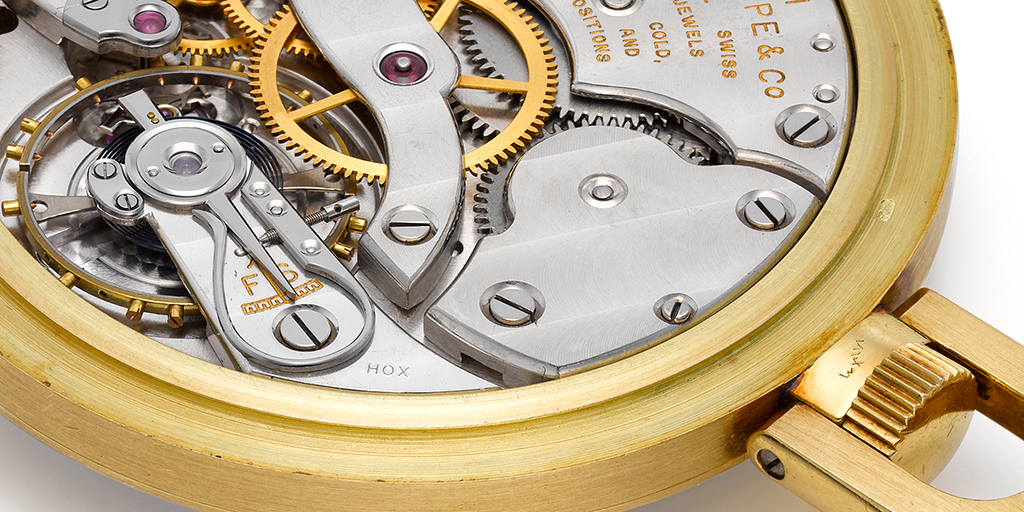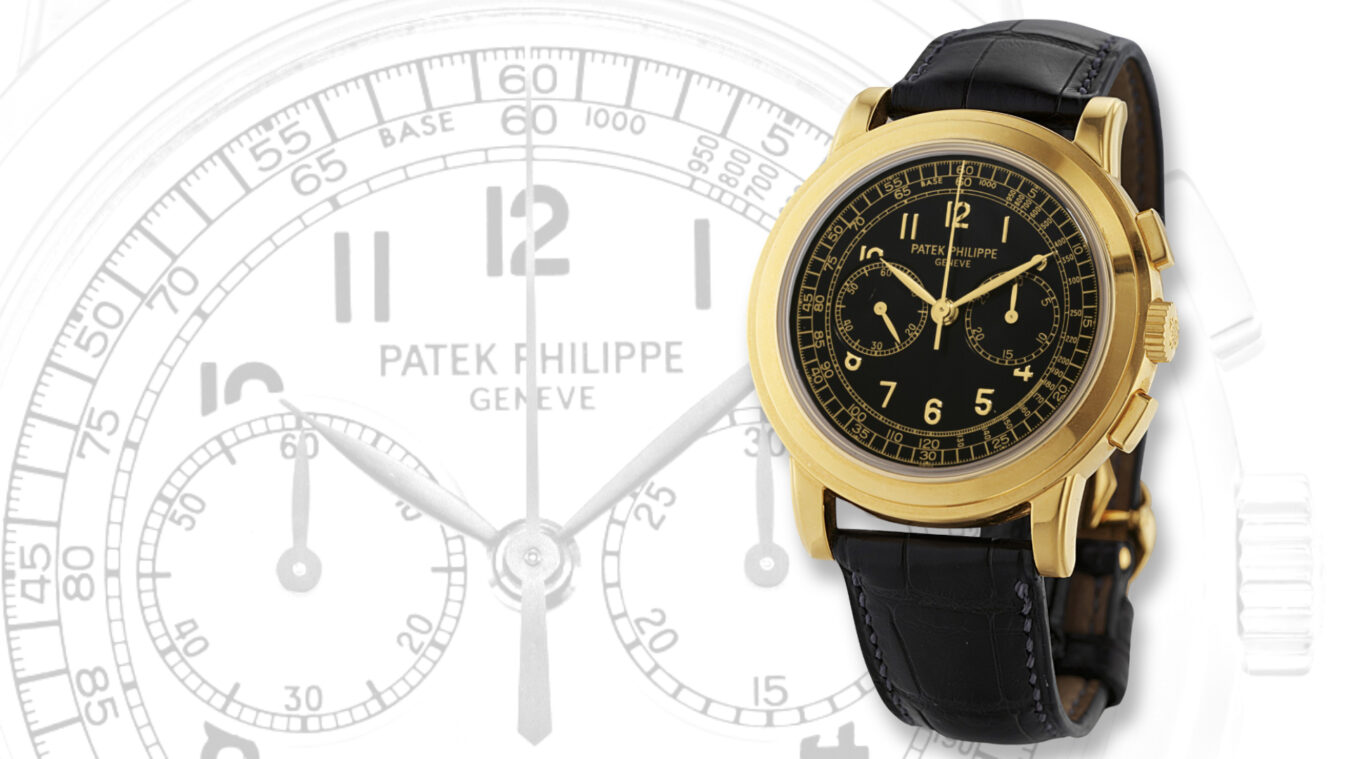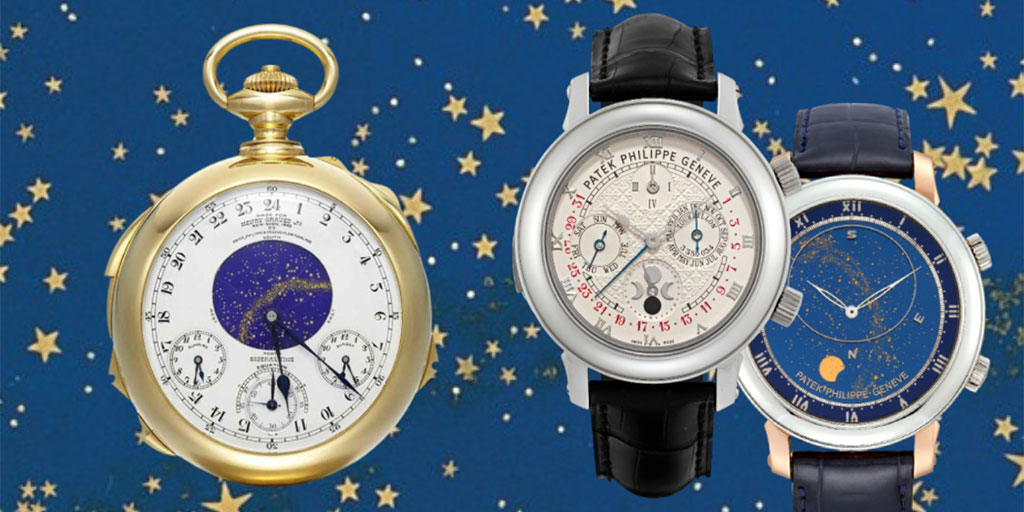Did you ever wonder if your watch was made for the USA market? Did you inherit a piece from your grandfather and want to know in which country he bought it? Do you have a watch with a USA market retailer signature and want to double-check if it was actually imported into the USA? Do you have a Patek Philippe buckle with ‘PHILIPPE’ spelled incorrectly as ‘PHILLIPE’? Read on, because the secret codes of Patek Philippe can help you answer these questions – and more.
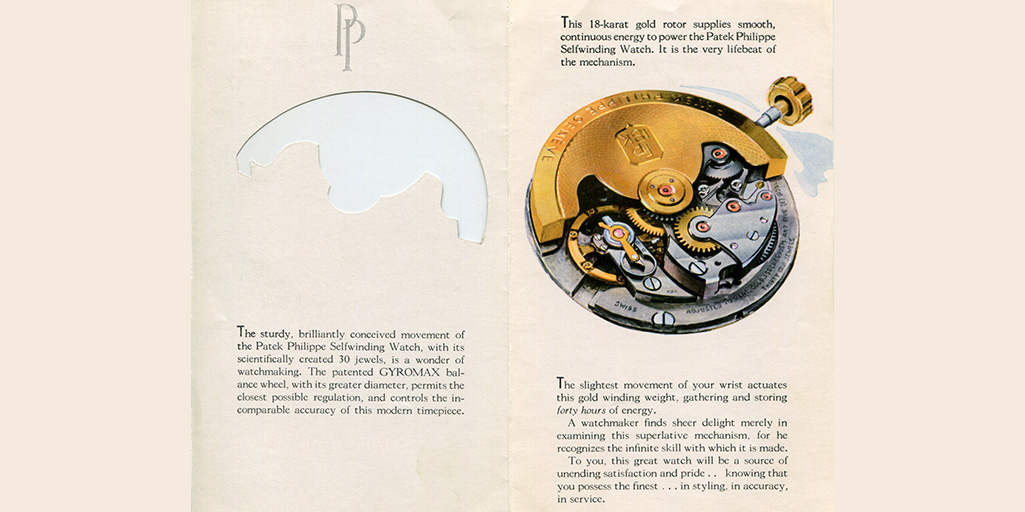
Custom controls
As a result of the US government’s attempts to control the illegal importation of Swiss luxury watches after WWII, an elaborate system of affidavits was established to control the number of watches flowing into the USA. For Patek Philippe, this meant that an American owner was required to request from customs a ‘personal use’ affidavit that gave them permission to take their Patek Philippe watch out of Switzerland and legally bring it into the USA. Essentially, Americans were required to obtain a passport for their watch to cross borders. This strictly enforced system allowed the US government to curb illegal watch imports and attempted to give American and Swiss watch companies control over their domestic business. The system was abolished in the 1960s.
However, smuggling remained a major problem for Patek Philippe; buying a watch abroad and illegally bringing it into the USA for resale was highly profitable. Due to the differences in currency values and international pricing, people were able to buy a Patek Philippe watch for almost half the price of USA retail and bring it into the country to keep or resell. Consequently, Swiss watch companies were forced to find creative ways to easily identify watches that were brought into the USA illegally.
What does your buckle mean?
As the design of Patek Philippe watches evolved, so did the design of the buckles that accompanied strap watches. Since the advent of the wristwatch, most Patek Philippe buckles looked much the same. The typical Patek Philippe men’s buckle was sized for a tapered 14mm strap and consisted of a simple rectangular shape with a pin. In the 1950s, a new style of Patek Philippe buckle emerged based on a design by Henri Stern, now called the ‘Henri Stern’ buckle. The new buckle, made for straps tapering to one-half inch, was made with angled sides that met at a center point above the pin.
Since straps were added to wristwatches in the United States, this style of buckle was used exclusively in the United States to designate watches that were sold within the country. Since the American market saw an increasing amount of illegally imported Patek Philippe watches during the 1940s and 1950s, this special buckle was a simple and easy way to identify a watch belonging to the United States market without opening the watch to check the movement number. Beginning in the 1980s, this buckle became the standard worldwide buckle for all Patek Philippe strap watches.
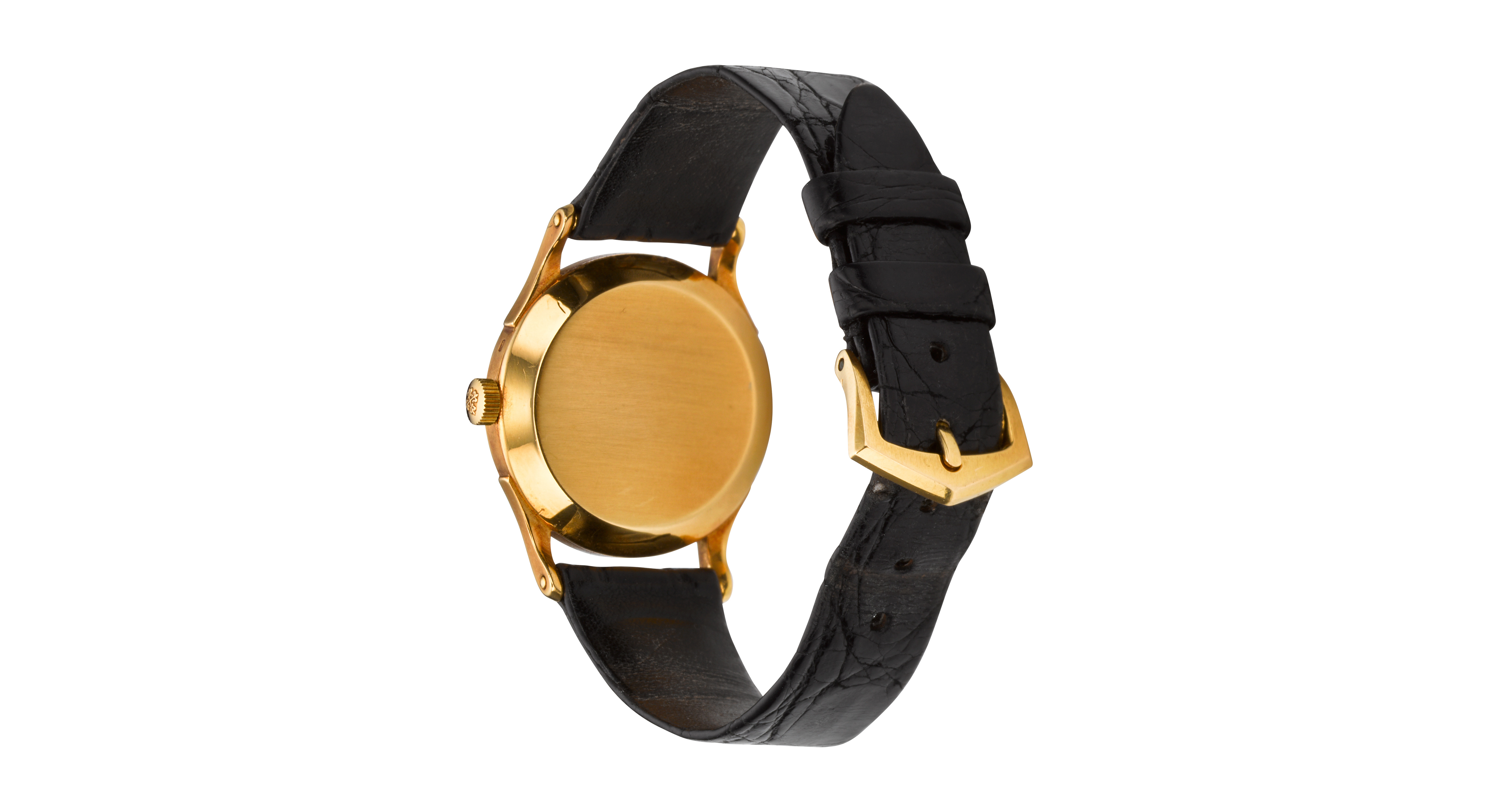
Hallmark to look out for
Many Henri Stern-style 18k Patek Philippe buckles were made in the USA – Brooklyn to be exact. These buckles do not have Swiss hallmarks, such as Helvetie or 750 marks, but only the 18k hallmark unique to the USA. However, one large batch made in the USA by a sub-supplier had a mistake: ‘PHILIPPE’ was misspelled ‘PHILLIPE’. For years, many people thought these were fake buckles but the reality is that it was a human error by a supplier. Keep an eye out for these buckles on watches from the 50s and 60s, they are quite common here in the USA and fun to find!

Movement marks
In another effort to identify watches made for the American market, the marks PXP or HOX were often stamped on Patek Philippe movements. PXP was exclusively stamped on Patek Philippe watches while the mark HOX was stamped on both Patek Philippe and Universal watches that were imported by HSWA (Henri Stern Watch Agency aka Patek Philippe USA). These import marks are often on the movement bridges of Swiss watches brought into America during the 1940s and 1950s; but interestingly, there are many occasions where one sees the import mark stamped on the inside of the caseback rather than on the movement.
Each Swiss watch brand had an import mark to designate the company that was importing the watch, for example, Vacheron Constantin (VXN), Audemars Piguet (AYP), and Rolex (ROW). For a complete list of US import codes check out this link here, but please note that Ranftt omitted Patek under HOX, both IWC and Patek used this mark.
